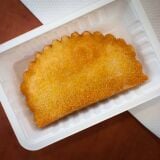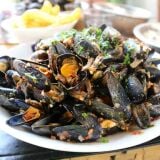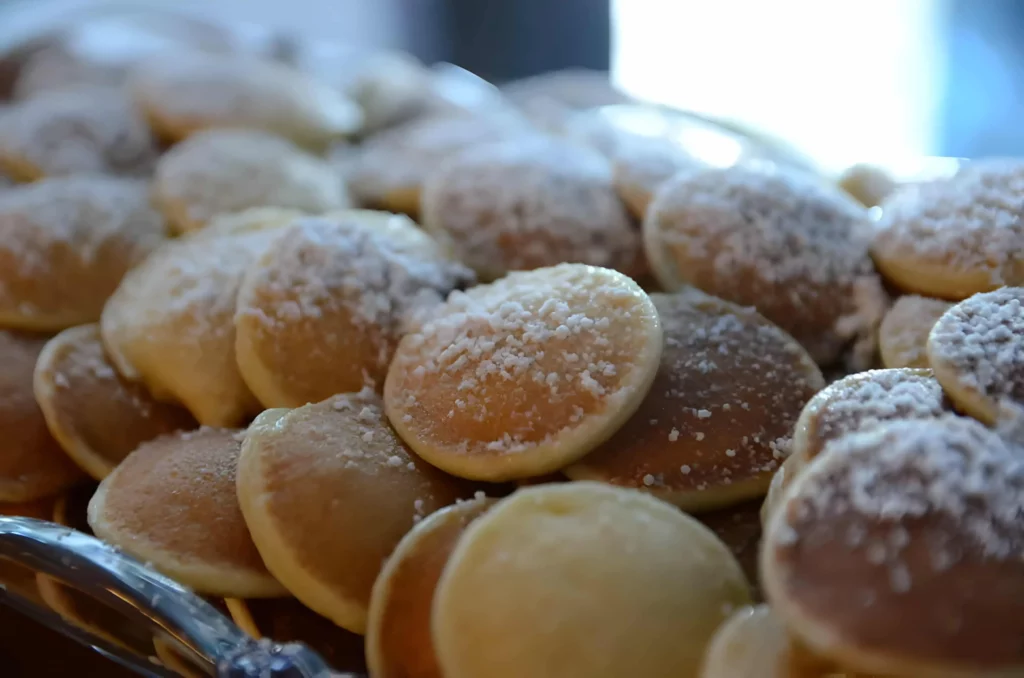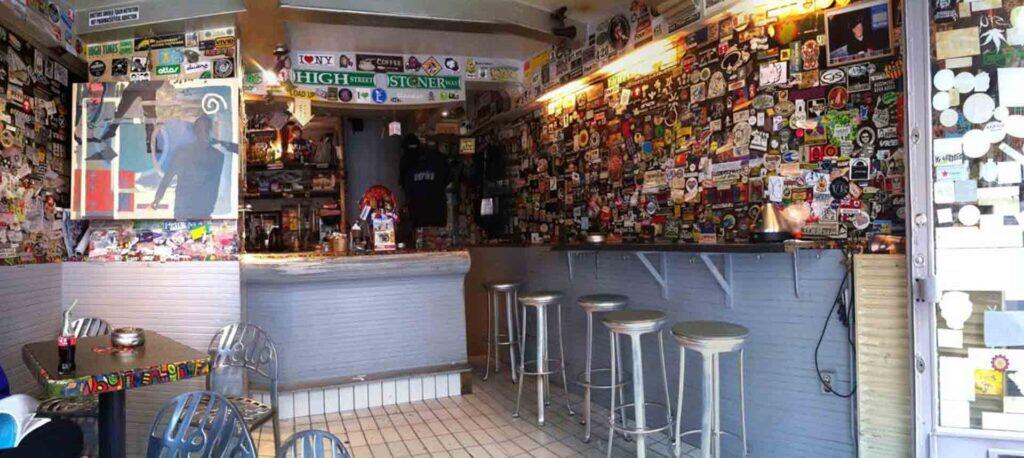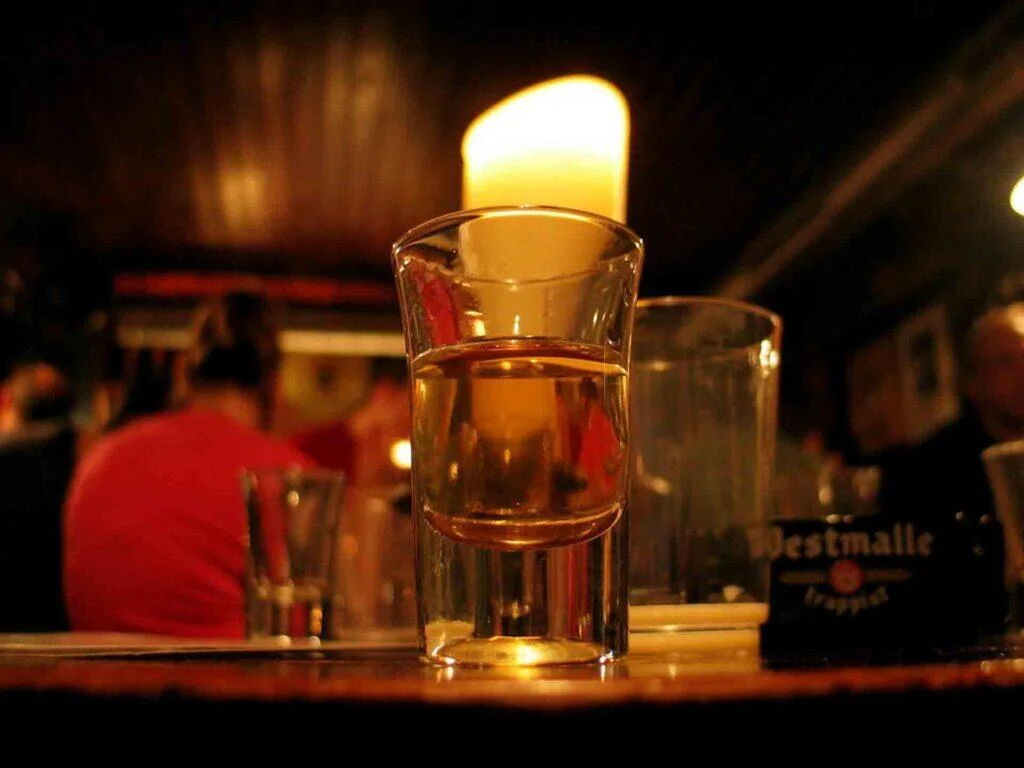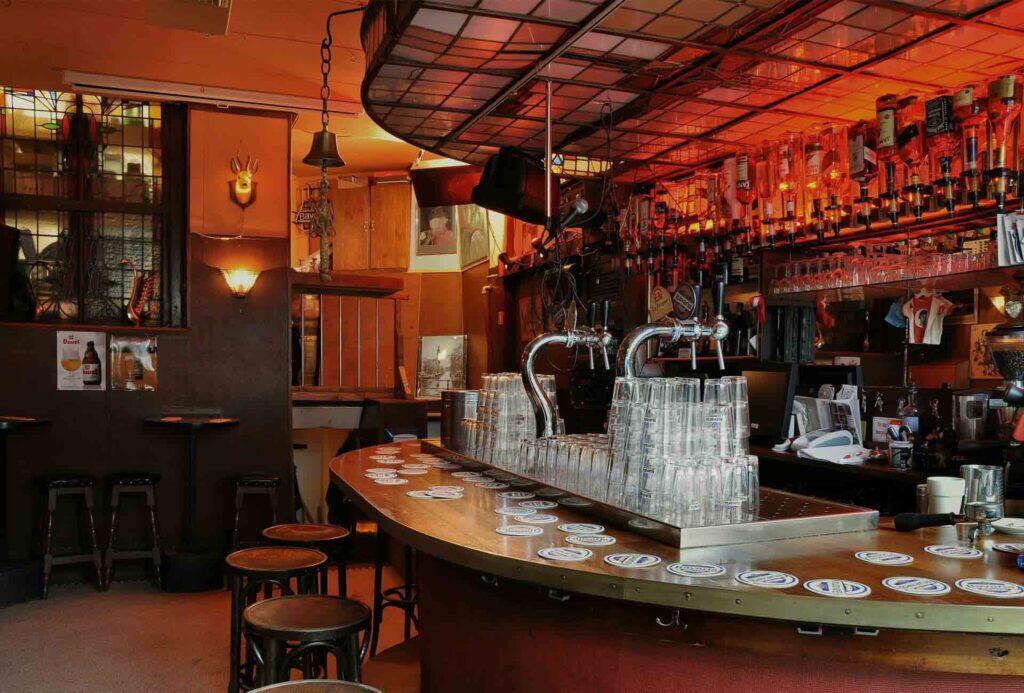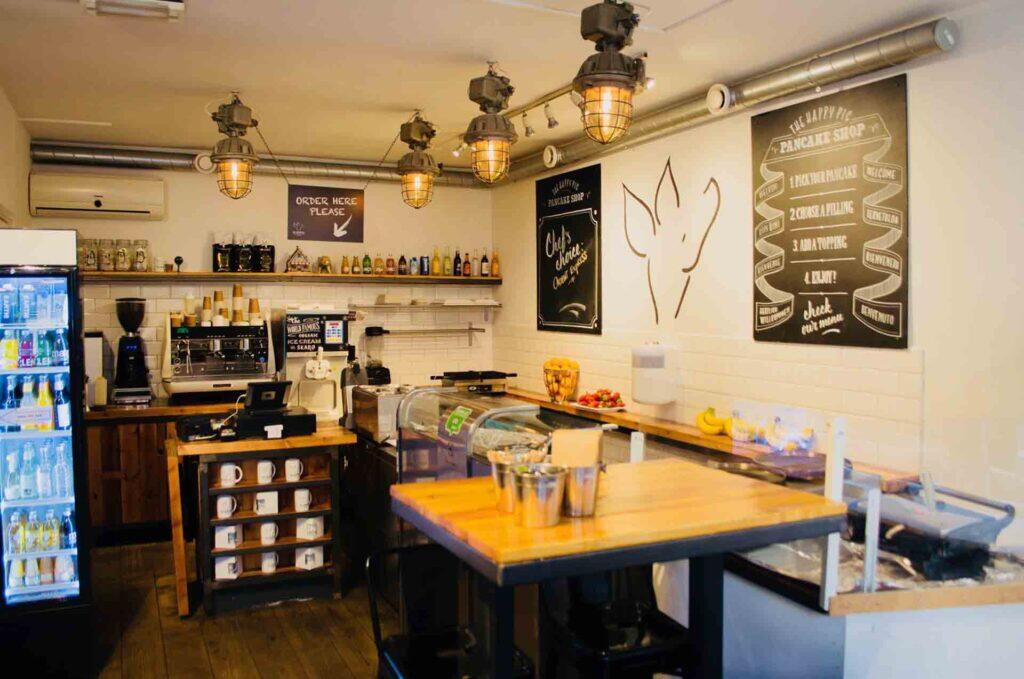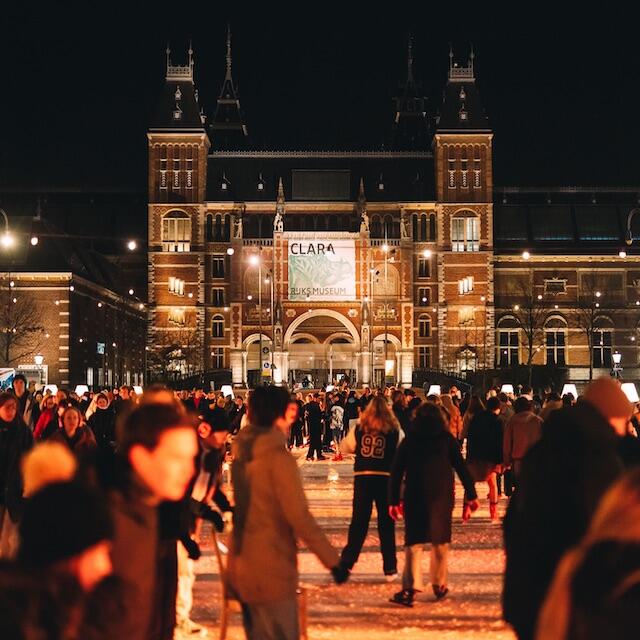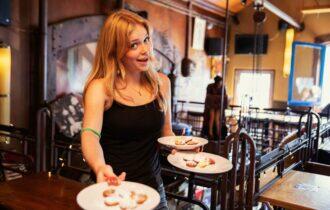The Best Brunch in Amsterdam
In Amsterdam brunch is more than a meal in between breakfast and lunch, it’s an opportunity to experience the city’s cozy café culture. Whether you’re cravin...
Amsterdam
The 9 Best Vegetarian Restaurants in Amsterdam
Whether you’re strolling around the impossibly cool streets of De Pijp or exploring the artsy corners of Jordaan, you’ll rarely be far from some ...
Amsterdam Street Food: Exploring the Best Local Eats
Amsterdam boasts a vibrant street food culture that blends traditional Dutch treats with global flavors. This guide will help you discover the city’s best st...
I’ll be the first to admit that I massively underestimated the quality of the wine bars in Amsterdam! My first few trips to the city were spent focusin...
Amsterdam Coffee Shops: Your Guide to the Best Spots and Rules
Amsterdam’s coffee shops are iconic destinations, offering a unique blend of Dutch culture, cozy atmospheres, and local vibes. Whether you’re a c...
Jenever: The Traditional Dutch and Belgian Spirit
Along with iconic artists, colorful tulip fields, and tasty cheese, The Netherlands is renowned for a particular liquor. Jenever, a centuries-old, juniper-fl...
Brown Café Amsterdam: Explore the Heart of Dutch Pub Culture
The fabled brown cafes of Amsterdam are arguably as worthy of a visit as any landmark or tourist attraction. Few places in the city encapsulate Dutch culture...
Amsterdam Desserts: Discover Sweet Delights in the City
If there’s one thing that Amsterdam does incredibly well, it’s desserts. I’ve been fanatical about traditional Dutch desserts since my firs...
Amsterdam Christmas Markets: Your Ultimate Guide
Amsterdam is one of the many European cities that transforms into a winter wonderland every year. The Dutch capital plays host to numerous Christmas markets ...
Eating Europe Tours
Eating Amsterdam: Jordaan Food Tour
Eat Like a Local through Amsterdam's Jordaan neighbourhood.
- Daily
- 3 Hours
- Small Group
Eating Amsterdam: Food & Canals Tour
Eat like a local on the canals of Amsterdam
- Daily
- 3.5 Hours
- Small Group


